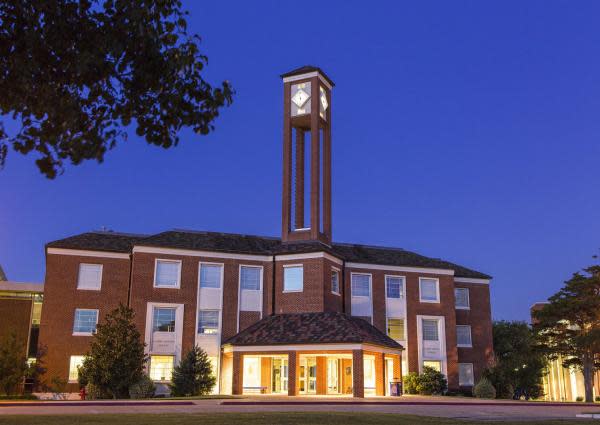Guest: Oklahoma’s missed opportunity to strengthen Langston and higher education

Historically Black Colleges and Universities (HBCUs) have long been institutions of empowerment and excellence for the Black community. HBCUs were created during the era of racial segregation when the law in many states prohibited Black youths from enrolling in exclusively white public universities in the state.
Langston University was founded in 1897 as the Oklahoma Colored Agricultural and Normal University. It was created as a result of the Morrill Act of 1890 which was a federal law enacted by Congress pursuant to its spending power. The law required states with land-grant colleges to either admit Black students or provide an alternative school for them as a condition of receiving federal funds.
But the Morrill Act did not require states to provide equal funding to their HBCUs as compared to their colleges and universities for whites. Consequently, those in power intentionally appropriated less funding to HBCUs, including Langston University, than funding appropriated to exclusively white public universities. The goal was to ensure that Black students who pursued higher education would have an inferior experience to white students who pursued higher education.
After Oklahoma statehood in 1907, the racist tradition of providing less funding to Langston University continued in an effort to ensure the continued subordination of Black students to white students in higher education.
Oklahoma was no outlier in this respect. With the exception of Ohio and Delaware, every state that created institutions for racially segregated higher education underfunded their HBCUs compared to their public institutions for whites only.
Despite inadequate funding, Langston and other HBCUs across the country persevered and made do with what they had. Over the decades, Langston has produced countless leaders, teachers and professionals who have made important contributions to our state and our nation. I have aunts and cousins who were educated at Langston during the segregation era, and a niece who is studying there now.
Even after the landmark Civil Rights Act of 1964 was adopted in an effort to bring equality in various areas of life, including higher education, the chronic underfunding of HBCUs continued, and Langston was no exception.
The U.S. Departments of Education and Agriculture recently released a report documenting the extent of state underfunding of land-grant HBCUs. For Langston, the underfunding totals nearly $420 million.
Today HBCUs and historically all white colleges and universities are open to all people without regard to their race. Nonetheless, the poor quality of primary and secondary public education received by many Black children and children of all races from low-income families leaves them ill-equipped to compete for a seat in their state’s “flagship” public predominantly white universities (PWIs).
Consequently, HBCUs serve the important function of extending higher education opportunities to many students (including white students) who would be denied higher education. HBCUs meet those students where they are in their education journey, thereby filling gaps in learning while also teaching them at a collegiate level and helping them earn a degree.
The neglect of HBCUs like Langston reflects a broader trend in which institutions that serve predominantly Black communities are under-resourced. Whether we examine public schools, health care access or access to wealth generating educational and employment opportunities, a similar pattern emerges. The societal consequences are profound: Reduced opportunities exacerbate inequalities and diminish potential for economic and cultural growth.
Oklahoma is a stronger state when every part of it is strong. Hence, in neglecting Langston University, Oklahoma neglects its own potential. While the Oklahoma Legislature could immediately cease the underfunding of Langston going forward, and begin investments that reduce or eliminate the historical funding gap, there is also a role that each of us as Oklahomans can play. We can be allies that hire Langston graduates, mentor Langston students and include Langston in our charitable giving. We also can vote and ask our representatives in the Oklahoma Legislature to end the underfunding of Langston.
By investing in Langston, we as Oklahomans can honor the transformative power of education and reaffirm our commitment to equality and justice for all.

Carla D. Pratt is the Ada Lois Sipuel Fisher Chair in Civil Rights, Race and Justice at the College of Law at the University of Oklahoma.
This article originally appeared on Oklahoman: In neglecting Langston University, Oklahoma neglects its own potential

